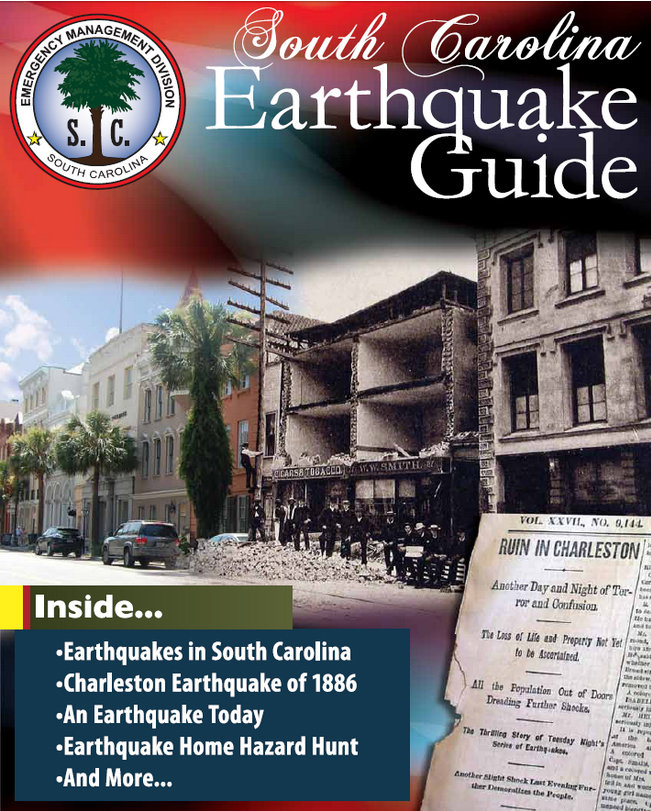Minor tremors still rumble weeks after larger S.C. earthquake
The Associated Press
Small earthquakes are still shaking the ground near South Carolina's capital city, more than two weeks after a larger convulsion and outside the window geologists typically expect for aftershocks.
Early Tuesday, a 1.7-magnitude quake struck just east of Elgin, about 25 miles northeast of Columbia, according to the U.S. Geological Survey. It was measured at a depth of 3.2 kilometers, officials said.
About eight hours later, a slightly larger quake, 2.0, occurred just a few miles away, officials said.
Those tremors were the 11th and 12th earthquakes in just a few square miles since Dec. 27, when a 3.3-magnitude earthquake clattered glass windows and doors in their frames. The event, which lasted a matter of seconds, sounded like a heavy piece of construction equipment or concrete truck rumbling down the road. None of these quakes have caused significant damage, the agency said.
Since then, a total of 11 more earthquakes have been recorded nearby, ranging from 1.4 to 2.6. No injuries or damage have been reported, although experts have expressed consternation at the events.
Earthquakes happen in South Carolina every year, and sometimes there are clusters. The state typically averages up to 20 quakes annually, according to the South Carolina Emergency Management Division. Last year, six small earthquakes happened in just more than a week near Jenkinsville, about 38 miles west of the most recent group of tremors.
Elgin, a community of fewer than 2,000 residents near the border of Richland and Kershaw counties, lies along a large fault system that extends from Georgia through the Carolinas and into Virginia. Most of South Carolina's earthquakes, however, tend to happen closer to the coast in the Middleton Place-Summerville Seismic Zone, about 12.4 miles northwest of Charleston.
On Jan. 5, as small quakes continued to erupt near Elgin, a 1.4-magnitude earthquake struck in that more southern zone, the state's only geographic outlier among the recent tremors.
But the Charleston area is the one that traditionally comes to mind when thinking about South Carolina earthquakes. In 1886, that historic coastal city was home to the largest recorded earthquake in the history of the southeastern United States, according to seismic officials.
That quake, thought to have had a magnitude of at least 7, killed dozens of people and destroyed hundreds of buildings. In the days leading up to it, the area experienced a series of smaller tremors, although it was not known that the foreshocks were necessarily leading up to something more catastrophic until after the major quake.
In the current scenario, geologists are looking at South Carolina's sequence as aftershocks emanating from the 3.3-magnitude earthquake on Dec. 27, rather than as a portent of more serious seismic activity, although the window has extended longer than traditionally expected.
"It has certainly lasted longer than a typical mainshock-aftershock sequence," Steven Jaume, a College of Charleston geology professor, told The Associated Press on Tuesday.
With no known end in sight, Jaume said the tremors continue to fluster experts already accustomed to being baffled by the perplexing phenomena.
"It's not over until it's over," Jaume said. "Earthquakes are one of the least predictable natural hazards."
More Articles to Read

